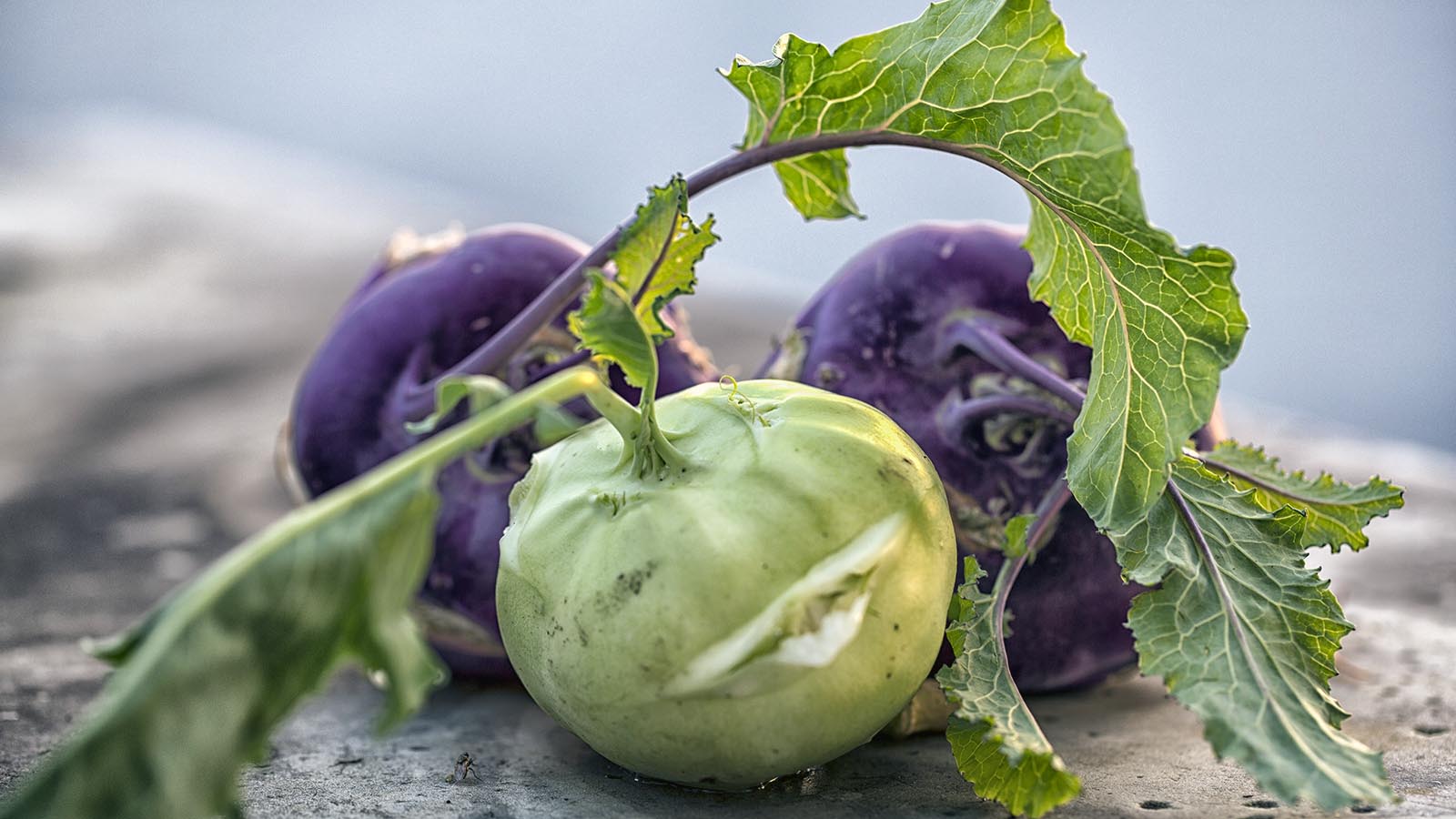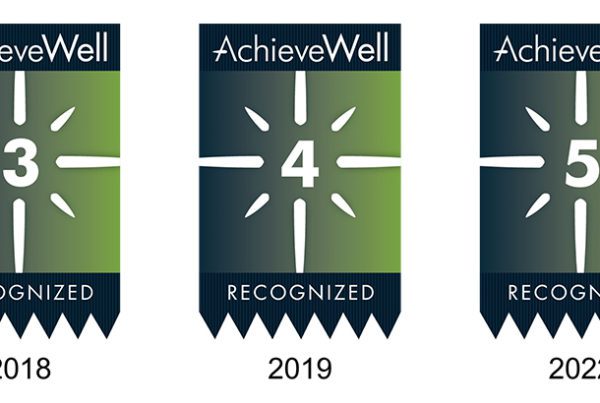
Cabbage, Brussels sprouts, and Kale. Probably all familiar vegetables. How about kohlrabi? If you haven’t heard of it, don’t worry. While not a new vegetable, its popularity is on the rise, and you will be seeing it more frequently at your local farmers markets and grocery stores. A member of the cruciferous family, kohlrabi is a vegetable with a long leafy stem and full, round bulb, usually pale green, white, or purple on the outside and white on the inside. Kohlrabi is an excellent source of vitamins and is low in calories.
The Basics:
Buy kohlrabi that has no noticeable blemishes or soft spots. Smaller bulbs tend to be sweeter than large bulbs. Remove the stem and store the leaves separately from
the bulb. Both should be refrigerated in containers or bags. When ready to prepare, wash and dry thoroughly. If using the bulb, peel first to remove the tough outer layer. Then you can
enjoy it raw or cooked. The leaves are best cooked with a seasoning of your choice, sautéed or simmered.
Try This:
Chopped raw kohlrabi can be added to a salad for added crunch. You can roast kohlrabi the way you would roast Brussels sprouts, with some olive oil, salt, and pepper. If you are interested in a low carb noodle, try cutting kohlrabi into thin noodles using a spiralizer. Cook the noodles in a skillet with olive oil until they soften. Toss with parmesan cheese or a fresh pesto sauce.
The Facts:
A cup of kohlrabi is about 36 calories and only about 8 grams of carbohydrates. It is an excellent source of vitamin C and a good source of potassium and fiber.





